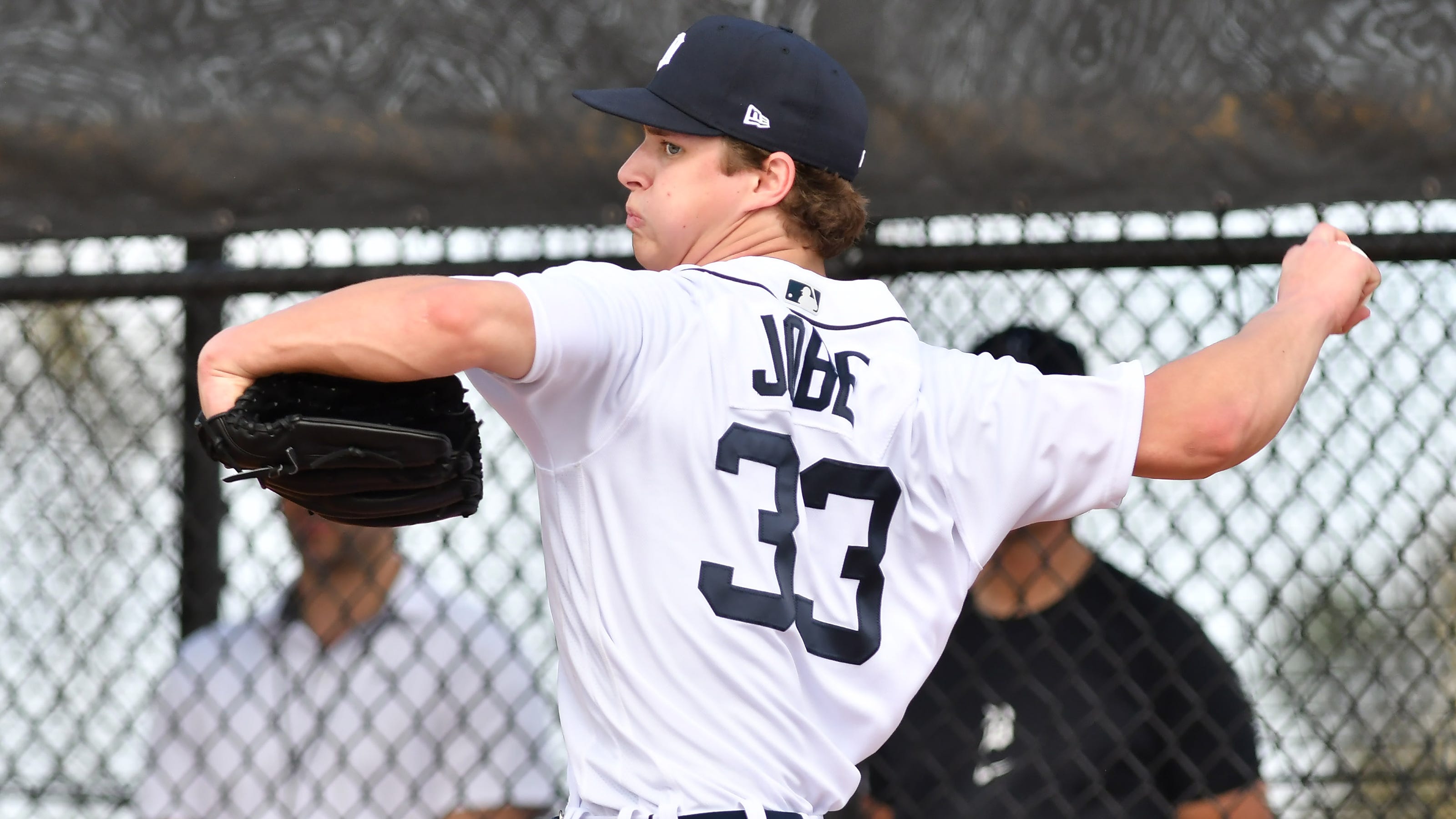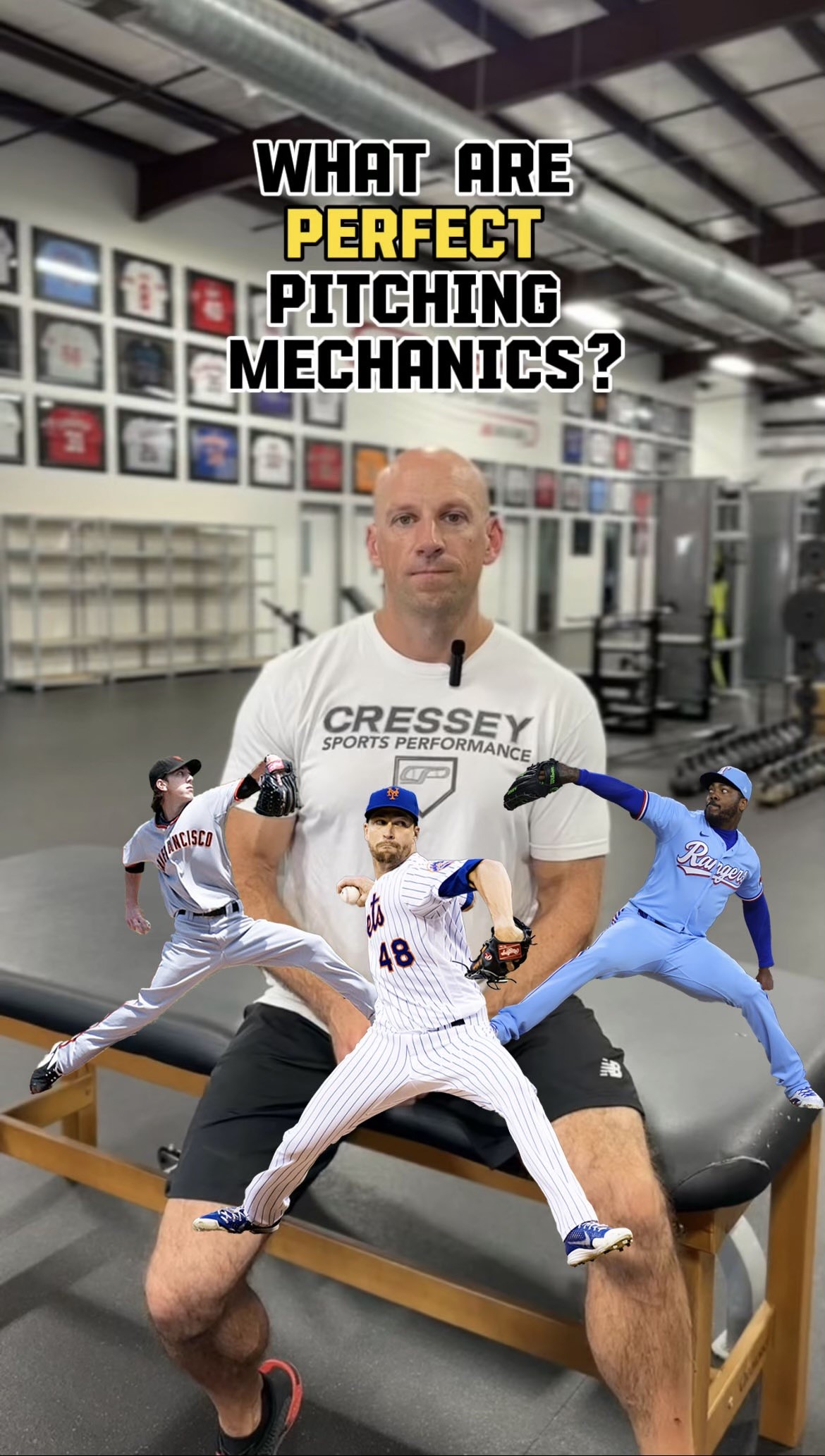Jackson Jobe, a highly touted prospect in Major League Baseball, has garnered attention not just for his performance on the mound but also for the intricacies of his pitching mechanics. Understanding these mechanics is crucial for evaluating his potential success at the professional level. This article delves into the various components of Jobe’s pitching mechanics, examining their effectiveness and how they contribute to his overall performance.
The Importance of Pitching Mechanics
Pitching mechanics refer to the complex series of movements a pitcher employs to deliver the ball to the plate. These mechanics play a pivotal role in determining a pitcher’s effectiveness, injury risk, and longevity in the sport. Key aspects of pitching mechanics include:
- Balance and posture
- Arm motion and release point
- Leg drive and lower body mechanics
- Follow-through and deceleration
For young pitchers like Jobe, mastering these elements can lead to improved performance and reduced injury risk. As we analyze Jobe’s mechanics, we will look at each of these components in detail.
Balance and Posture

A strong foundation is essential for any pitcher. Balance and posture can significantly affect a player’s ability to generate power and control. Jobe showcases an impressive stance that allows him to maintain balance throughout his delivery. Key observations include:
- His feet are shoulder-width apart, providing a stable base.
- He keeps a slight bend in his knees, which allows for greater mobility.
- His upper body remains upright, enabling him to maintain a good center of gravity.
This posture allows Jobe to remain balanced during his windup, which is critical for the consistency of his pitches. A solid base can lead to improved command and velocity, two essential attributes for any successful pitcher.
Arm Motion and Release Point

One of the most critical aspects of pitching mechanics is the arm motion and release point. Jobe exhibits a fluid and repeatable arm motion that enhances his ability to throw strikes. His mechanics can be broken down as follows:
- **Windup**: Jobe employs a high leg kick, which helps him generate momentum toward home plate.
- **Arm Path**: His arm follows a natural path, with minimal tension in the shoulder, reducing the risk of injury.
- **Release Point**: Jobe’s release point is consistent, typically occurring just in front of his body, which aids in accuracy and deception.
Statistical analyses of pitchers often reveal that a consistent release point contributes significantly to a pitcher’s effectiveness. For Jobe, fine-tuning this aspect of his game could elevate his performance even further.
Leg Drive and Lower Body Mechanics

The lower body plays a crucial role in a pitcher’s ability to deliver velocity and maintain balance. Jobe’s leg drive is particularly noteworthy:
- He uses a strong push-off from his back leg, generating significant power for his pitch.
- His front leg lands firmly, which helps in maintaining balance and stability.
- Jobe’s hips and shoulders remain aligned, allowing for a fluid transfer of energy from his lower body to his arm.
This efficient use of his legs not only aids in generating velocity but also minimizes the risk of injuries, particularly to the arm and shoulder. Research has shown that pitchers who exhibit strong leg drive are often able to maintain their velocity deep into games, which is a vital trait for any aspiring major leaguer.
Follow-Through and Deceleration

Once the pitch is released, the follow-through is equally important. Jobe’s follow-through mechanics help him maintain control while ensuring that he decelerates safely:
- His arm follows through naturally, reducing stress on the elbow and shoulder.
- His body remains under control, preventing excessive rotation that could lead to injury.
- Jobe’s follow-through allows him to maintain a strong posture, ready for the next pitch.
A proper follow-through is crucial for preventing injuries, especially in young pitchers who are still developing their mechanics. Jobe’s ability to execute this part of his delivery effectively suggests a strong understanding of the mechanics involved, which bodes well for his future in MLB.
Case Studies: Successful Pitchers with Similar Mechanics
To further illustrate the effectiveness of Jobe’s pitching mechanics, we can look at successful MLB pitchers with similar styles. For instance:
- **Gerrit Cole**: Known for his strong leg drive and consistent release point, Cole’s mechanics have led him to become one of the top pitchers in the league. His use of a high leg kick and powerful follow-through mirrors Jobe’s approach.
- **Jacob deGrom**: With an efficient arm motion and similar posture, deGrom’s mechanics have allowed him to achieve high strikeout rates while minimizing injury risks. His focus on balance and fluid motion is also evident in Jobe’s delivery.
These examples highlight the importance of proper mechanics and how similar approaches can lead to success at the highest levels of baseball.
Statistics Supporting Jobe’s Potential
While mechanics are crucial, statistics also provide insight into a pitcher’s potential success. Jackson Jobe’s performance metrics in minor league baseball showcase his promising future:
- **Strikeout Rate**: Jobe has consistently maintained a strikeout rate above 30% in his minor league appearances, indicating his ability to miss bats effectively.
- **Walk Rate**: His walk rate has been relatively low, often below 8%, showcasing his control and command on the mound.
- **Velocity**: Jobe’s fastball has been clocked in the mid-90s, with reports suggesting he could reach higher velocities as he matures physically.
These statistics align well with the mechanics discussed, reinforcing the idea that his delivery contributes to his effectiveness as a pitcher.
Jackson Jobe’s pitching mechanics are a blend of balance, fluidity, and efficient motion, which collectively enhance his performance on the mound. By analyzing key components such as balance and posture, arm motion, leg drive, and follow-through, we gain valuable insights into what makes him a special talent. His mechanics not only support his current success but also suggest a bright future in Major League Baseball.
As Jobe continues to develop, refining these mechanics will be essential for maintaining his health and maximizing his potential. By looking at successful pitchers with similar styles and considering the statistics that back his capabilities, it becomes clear that Jobe is a name to watch in the coming seasons. With ongoing focus on his mechanics, he could very well become one of the premier pitchers in the league.